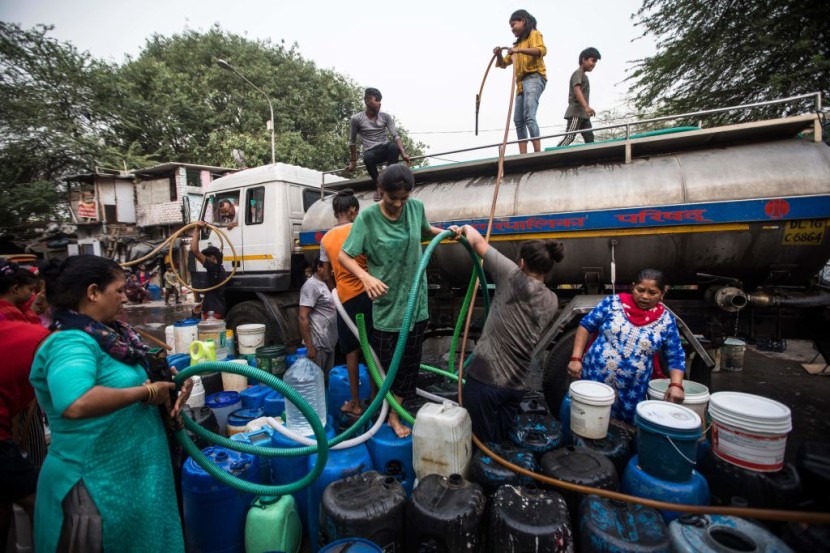
At least 25 people in India's Maharashtra state have died from heatstroke since late March, which is recorded to be the highest death toll in the last five years, amid an extreme heat wave giving rise to sweltering temperatures of over 40 degrees Celsius.
Scientists have linked the early onset of an intense summer to climate change, which has become a prominent issue worldwide. They argue that more than a billion people in India and neighboring Pakistan were in one way or another vulnerable to the threat of extreme heat.
Extreme Heat Wave
Experts say that cooling monsoon rains in the region will only be expected next month and noted that increasingly frequent power outages in some parts of the country put even households that can afford air conditioners at risk over the next several weeks.
The majority of the victims in Maharashtra were found to have originated in the more rural areas of India's richest state. A Maharashtra health official, Pradeep Awate, said that the suspected reason for the deaths was heatstroke, as per Aljazeera.
India is known to be the second-biggest wheat producer in the world but is now suffering from shriveling crops due to the severe temperature. The situation comes after five consecutive years of record harvests.
One resident, 37-year-old Chrisell Rebello, said that the temperature in the country was "smoldering hot," noting that it was also humid, which made the situation even more difficult to bear. The individual was found in line outside of a Mumbai ice cream parlor at around 11 in the evening.
According to NPR, the situation comes as only a fraction of Indian residents, mostly the rich and wealthy, have access to air conditioning to alleviate some difficulties of the extreme heatwave. The majority of the country's people instead soak rags in water and hang them indoors and through windows to bring the temperature down, even just for a little bit.
Rising Temperature
The rising temperature in India has been observed for the last few years as climate change has been a recurring issue that many world leaders have ignored. The scientific models in 2018 showed that the combination of heat and humidity could soon become literally unbearable for humans.
Since then, India has suffered from extreme spikes in temperatures, with this year being one of the most unrelenting across a vast area of the nation. The situation has raised a grim question of whether it was even possible to protect people from a future of such extreme heat.
Many parts of northern and central India have recorded their highest average temperatures for April. Much of the country has experienced temperatures that have soared and stayed there for more than a month now. Delhi, the nation's capital, peaked at 46 degrees Celsius last week as West Bengal suffered from a combination of heat and humidity.
The situation could soon come to a threshold where the human body is literally at risk of cooking itself to death. The theoretical limit is known as the "wet bulb" temperature and is when a thermometer is wrapped in a wet cloth and shows 35 degrees Celsius, the New York Times reported.








